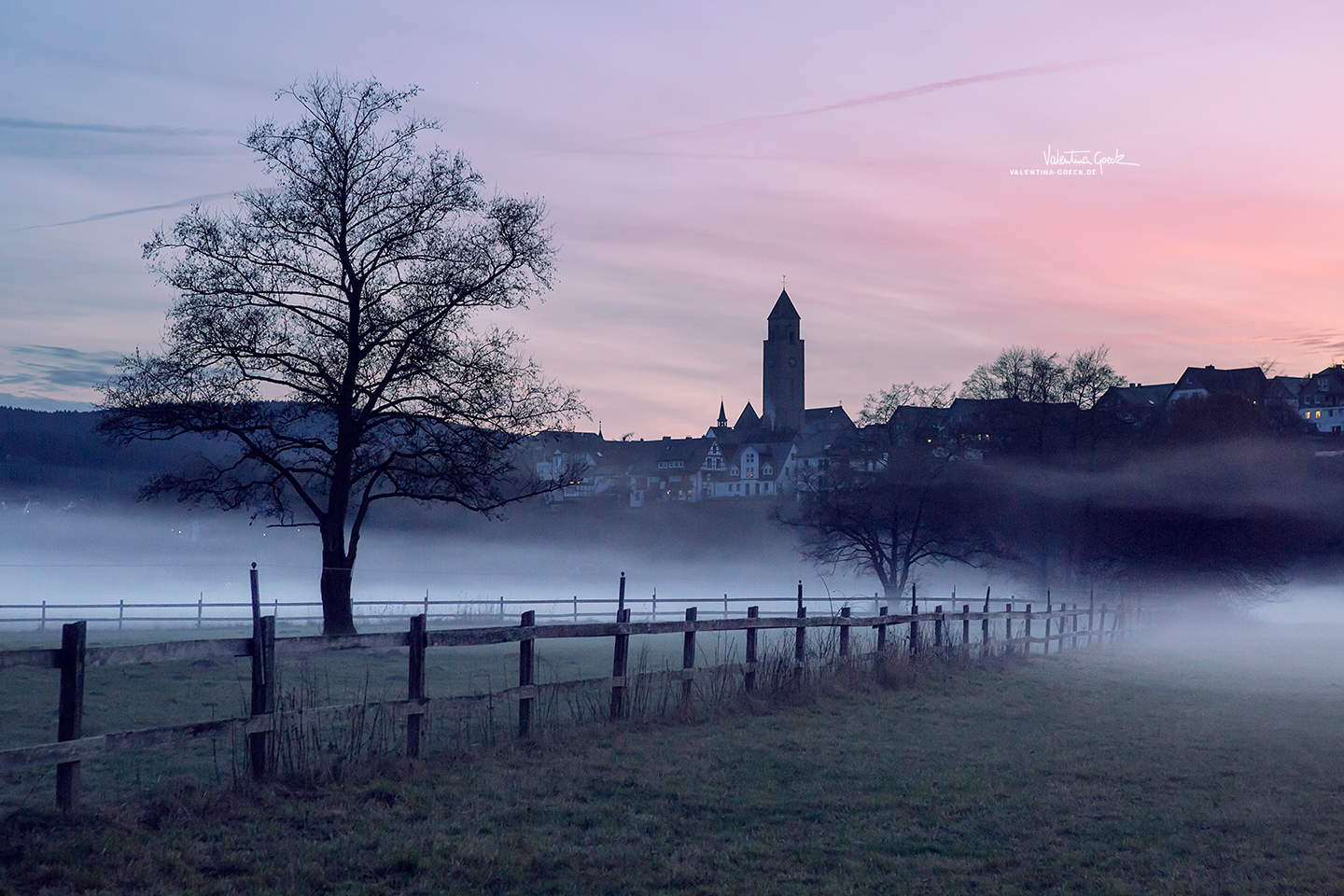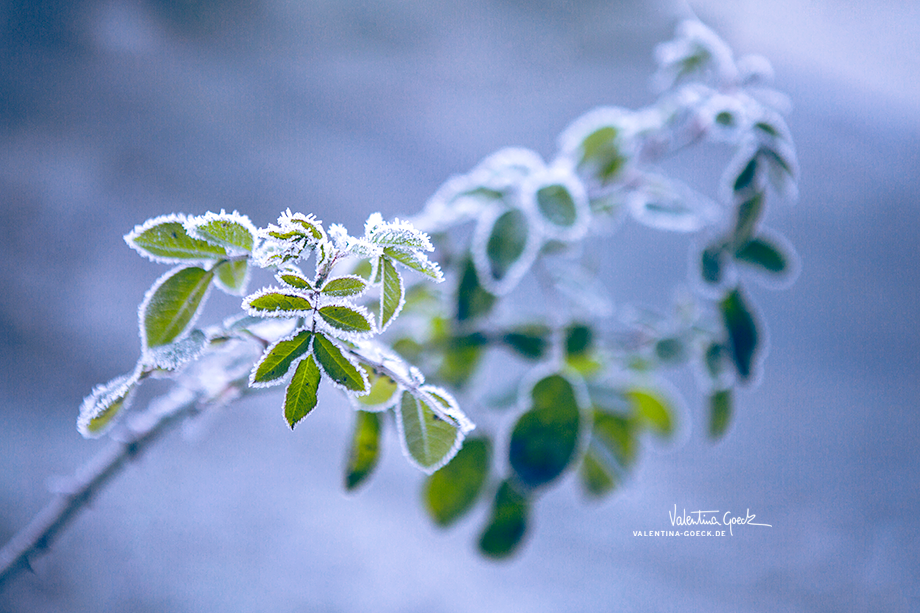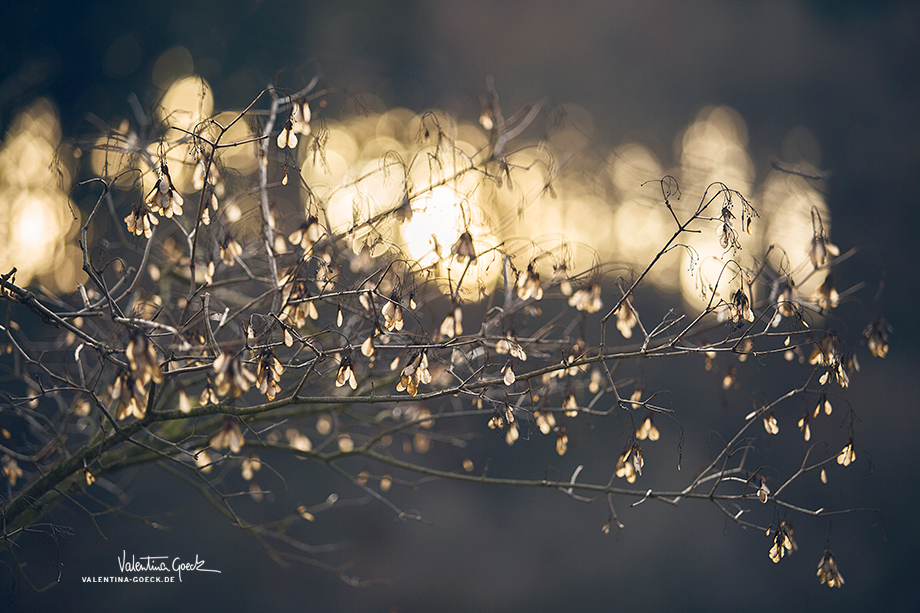
10 Tips for Outdoor Photography
Wildlife, pet and outdoor photographer Valentina Goeck is our go-to person when it comes to useful tips for amateur photographers. She has already shared her experience with us on the exciting themes of “Background and Location” or “Light and Weather”. Her “10 Tips for Outdoor Photography” offer some fundamental guidelines that will help you to turn snapshots into successful photo-moments.
01. Preparation
With outdoor photography, things will often happen unplanned. Maybe you are trying to take a landscape photo and the sun suddenly comes out, or maybe you still have your camera in your bag when a hare hops past you on the path. For such situations it is important to have an intimate knowledge of camera techniques. You should take time to make yourself familiar with all of the buttons on your camera – or smartphone – and their functions at home, so that you can react quickly when you need to.
02. Camera lens
If you mainly want to shoot landscapes, you will need a wide-angle lens with a very small focal length (e.g. 16-35 mm). For animals, especially for shy wild animals, a telephoto lens with a focal length of 200 mm or more is best. Zoom lenses that cover a larger focal-length range avoid the need for frequent lens changes. But be careful: as a general rule, the larger the focal-length range, the worse the image quality will be!
03. Tripod
Don’t have a tripod with you? Your surroundings can often take the place of a tripod to help position your camera – for example, the ground or a wall. If that doesn’t work, camera shake can also be reduced if you rest an arm on something or lean on something.
04. Backpack
Anyone who wants to spend a lot of time walking in nature with their camera should not neglect the backpack. A good backpack has padded straps and a hip strap, so that you can go out and about with your camera and accessories for as long as you want. There are also models that allow quick access to the camera, without needing to take off the backpack.
05. Clothing
Light rain trousers to cover up with are very useful, because in order to obtain the best perspective or the right foreground, you may have to kneel down – or even lie down.
06. Weather and seasons
Whoever photographs outdoors is dependent on the weather. Breaks in the weather are often exciting to photograph, especially for landscape shots – for example, if rain and sun blend, or a storm-front approaches. Every season has its charm, and during autumn and winter there is so much to discover: the leaves become colourful, then more sparse, cloud banks roll over the landscape, the frost blankets everything in a cold white – so you need to pay attention to the weather and the forecast, and also be spontaneous now and then. For close-up shots, the weather is often not as decisive. It is surprising what you can get out of a “grey day”.
07. Timing
On sunny days, there is a beautiful, soft light shortly after sunrise and just before sunset, and backlit photos are possible. In winter, you don’t need to get up too early for a perfect morning light! With cloudy weather at this time of year you don’t need to worry, as the light is always softly diffused.
08. Break viewing habits
With wildlife photos you should opt for a very deep perspective for a striking and “close” depiction. You should also try to shoot at the eye level of the animal (or lower). This is how you can break viewing habits and create winning photos.
09. Give depth-effect
With landscape shots you can create depth-effect and dynamism with objects or people in the foreground.
10. Contemplation
Go out into nature! There you can implement what you have already mastered in theory. Very importantly, as you look through your photos again, take time to reflect: what worked well, and what could you improve?
More of Valentina’s photos can be viewed at www.valentina-goeck.de
and her facebook page facebook.com/TierportraitsValentinaGoeck

